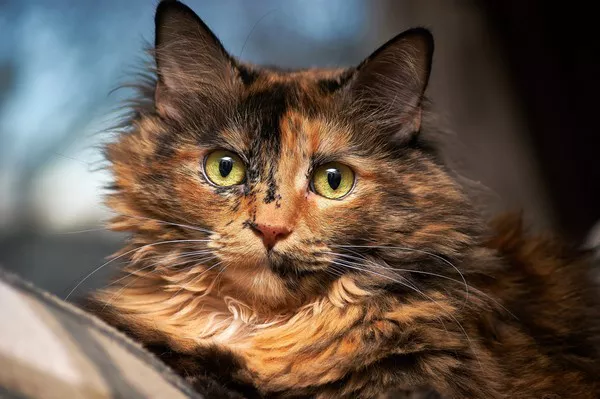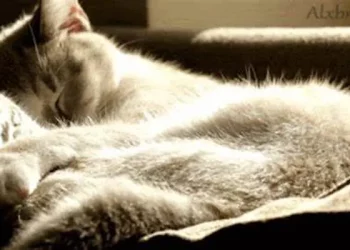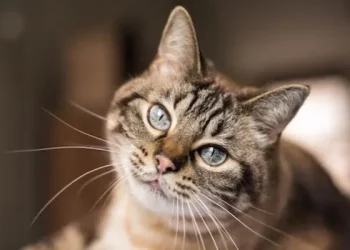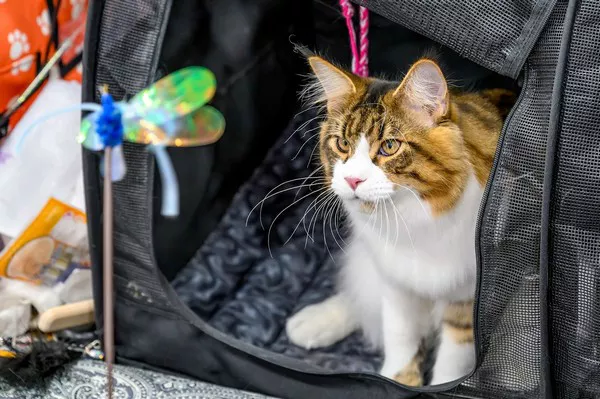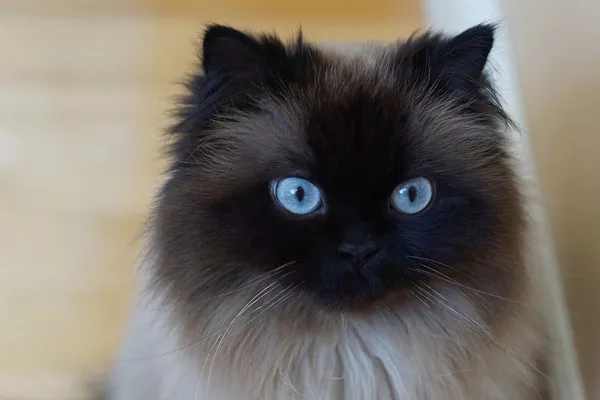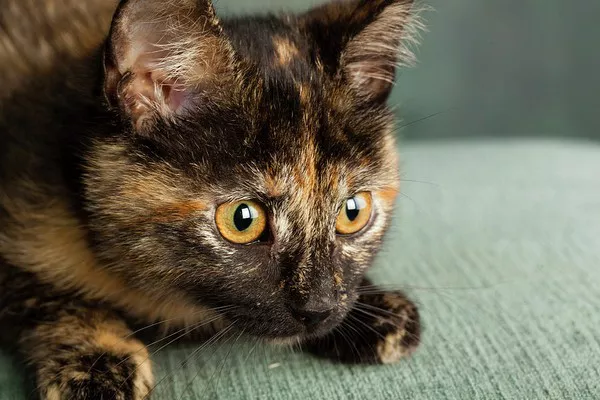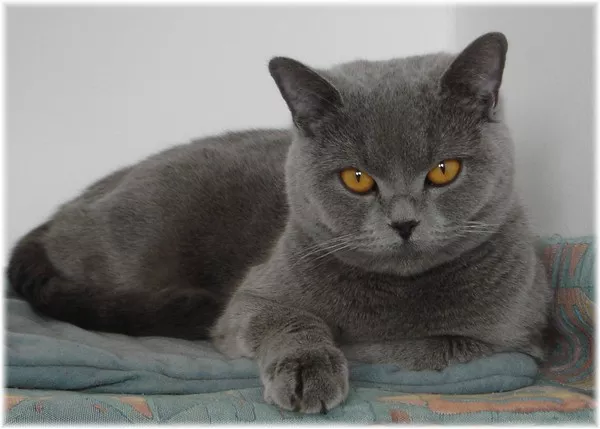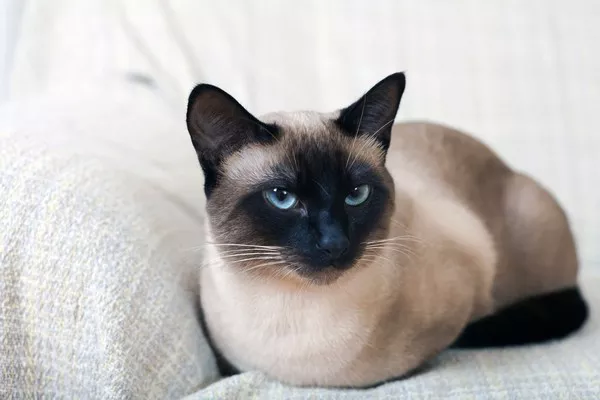Tortoiseshell cats, with their striking coat patterns and captivating personalities, have long been the subject of fascination among cat enthusiasts. These unique felines possess a distinct combination of beauty and charm that sets them apart from other breeds. In this article, we will delve into the world of tortoiseshell cats, exploring their origins, genetics, distinctive traits, and the fascinating spectrum of colors that adorn their coats.
1. The Origins of Tortoiseshell Cats:
Tortoiseshell cats, also known as torties or calico cats, have a rich history dating back centuries. Their exact origins are uncertain, but they are believed to have originated in Europe and Asia. These cats were highly prized and revered in various cultures, often associated with good luck and prosperity.
2. Genetic Composition:
The unique coat coloring of tortoiseshell cats is a result of specific genetic factors. Unlike many other color patterns found in cats, tortoiseshell is not tied to a single breed. It is a coat pattern that can occur in various cat breeds, including domestic shorthairs, Persians, Maine Coons, and others. The intricate mix of colors is determined by the interaction of two key genes: the X-chromosome and the orange (O) gene.
3. The Role of Chromosomes:
To understand the genetics behind tortoiseshell cats, it is crucial to explore the role of chromosomes. Female cats have two X-chromosomes, while male cats have one X-chromosome and one Y-chromosome. The O gene, responsible for orange coat color, is located on the X-chromosome. As a result, females can inherit two different O alleles, allowing for the expression of both orange and non-orange colors, leading to the distinctive tortoiseshell pattern.
4. The Patchwork Coat:
The captivating patchwork coat is the defining characteristic of tortoiseshell cats. These felines display a beautiful mosaic of colors, including black, red, cream, brown, and sometimes even blue or diluted hues. Each patch represents a different cell population in which various combinations of color genes are expressed. The asymmetrical distribution of colors adds to the unique allure of these cats.
5. Tortoiseshell Variations:
Tortoiseshell cats can exhibit a range of variations in their coat patterns. Some may have a predominantly black base color with patches of red, while others may display more red or cream patches. Additionally, dilution genes can influence the intensity of colors, resulting in lighter or darker shades within the tortoiseshell spectrum.
6. Personality Traits:
Tortoiseshell cats are known for their distinct personalities, often described as sassy, independent, and fiercely loyal. While individual traits vary, many torties exhibit a strong-willed nature, displaying a blend of affectionate and feisty behaviors. Their spirited personalities make them beloved companions among cat lovers.
7. Cultural Significance:
Throughout history, tortoiseshell cats have carried symbolic meanings in different cultures. In Japanese folklore, they are believed to bring good fortune and protect against evil spirits. In the United States, calico cats are considered a state symbol in several states. These cultural associations further enhance the mystique surrounding tortoiseshell cats.
Conclusion:
Tortoiseshell cats continue to capture our imagination with their mesmerizing coats and captivating personalities. As we have explored in this article, their distinctive patterns and vibrant colors are a product of intricate genetic factors. Whether as cherished companions or revered symbols, tortoiseshell cats hold a special place in the hearts of cat lovers worldwide. Their enigmatic beauty serves as a testament to the fascinating diversity found within the feline kingdom.

